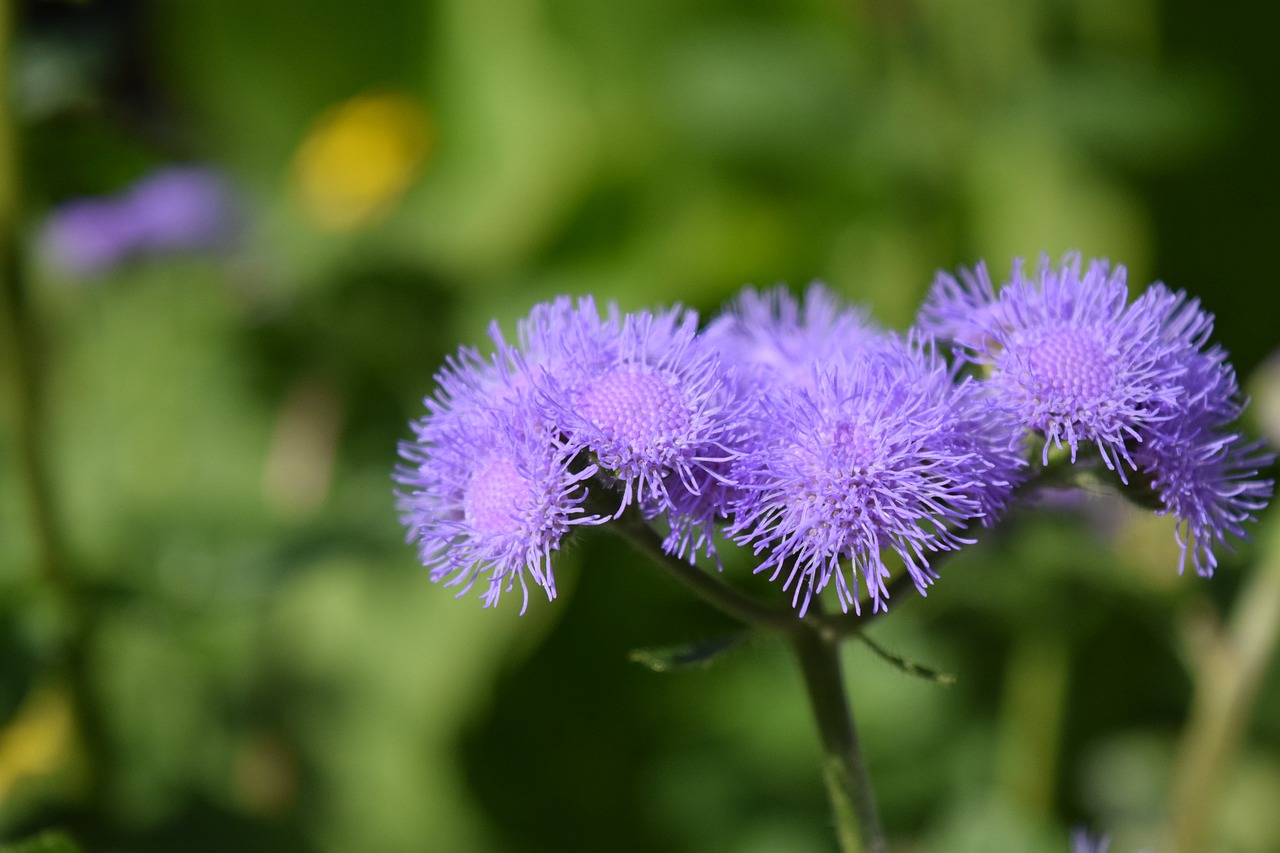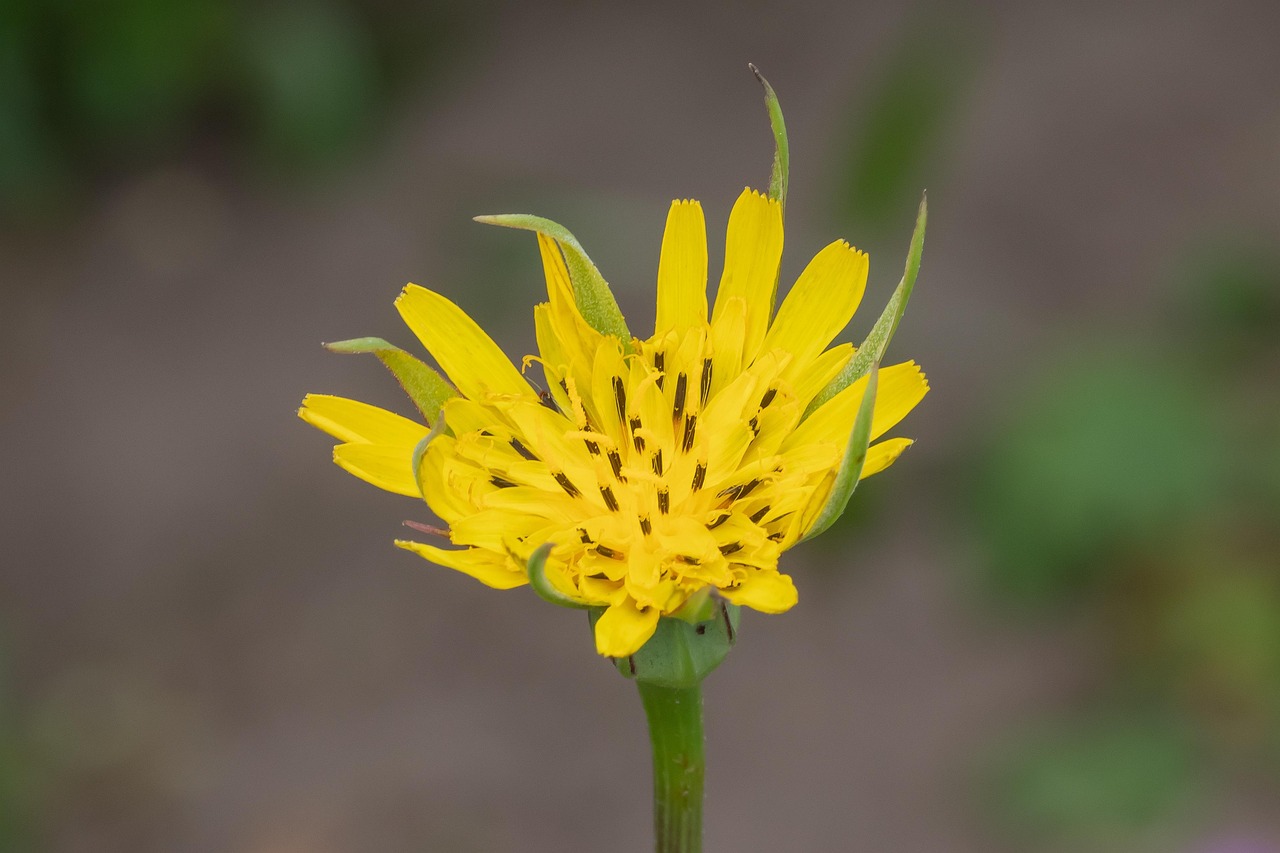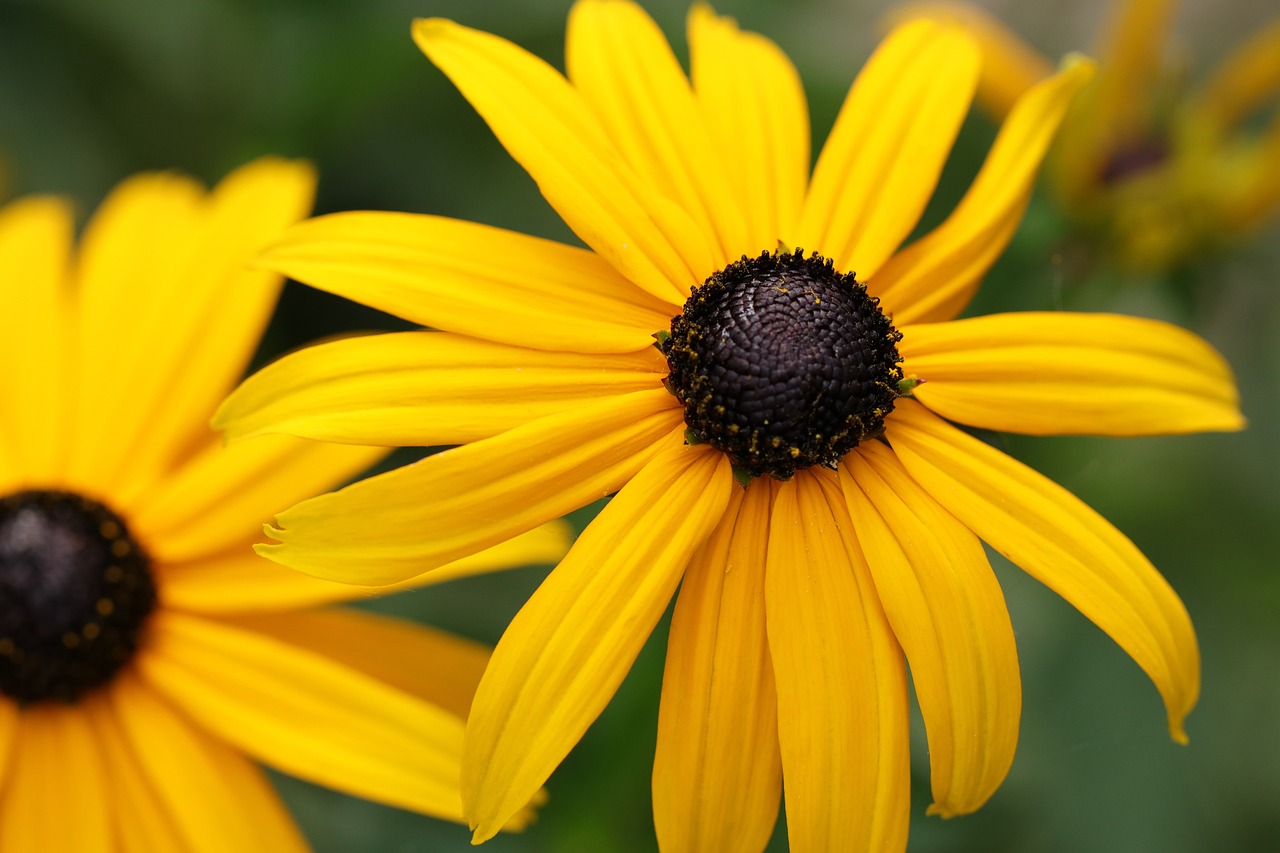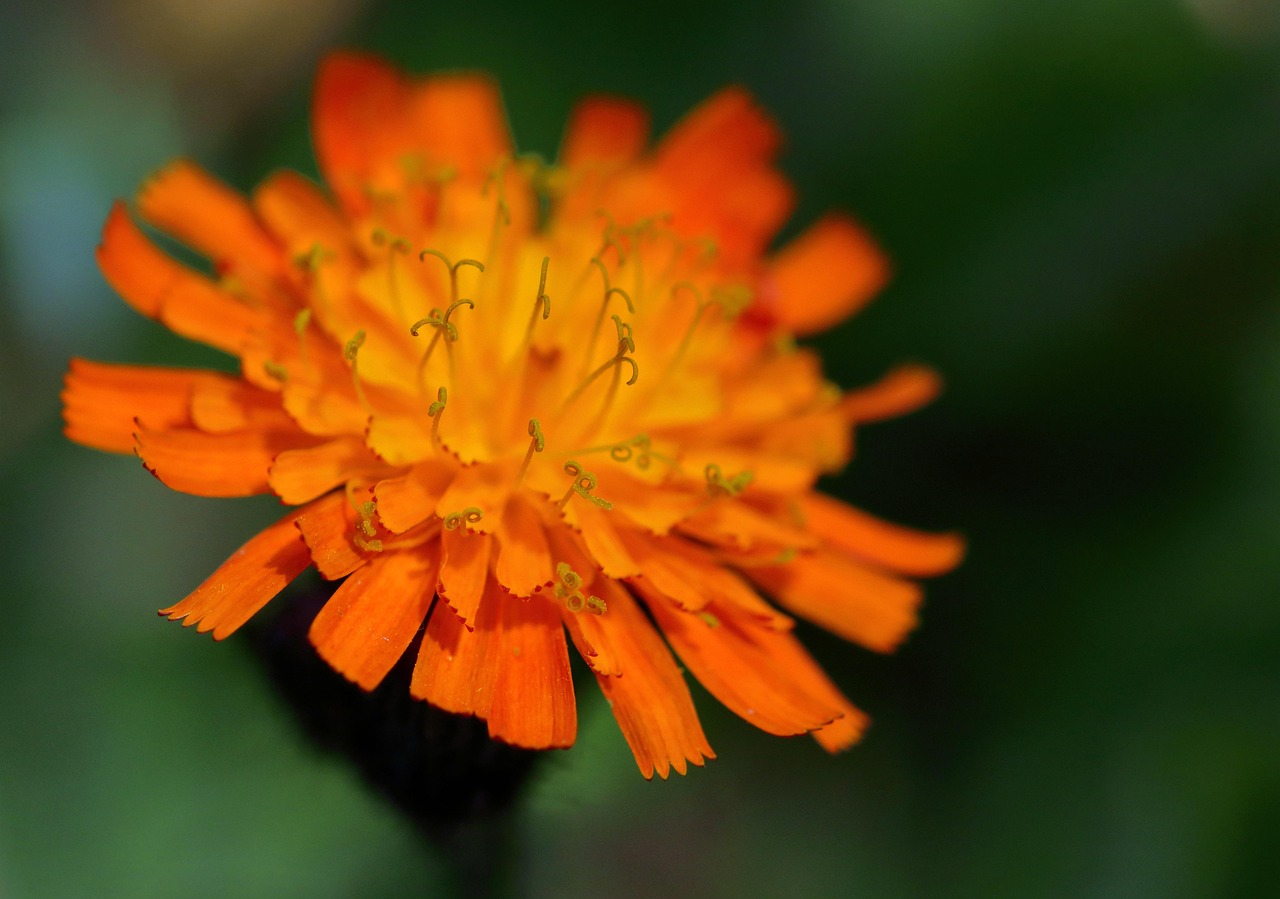Chrysanthemum Multicaule | A Sunlit Flower Adorning Europe’s Spring Gardens
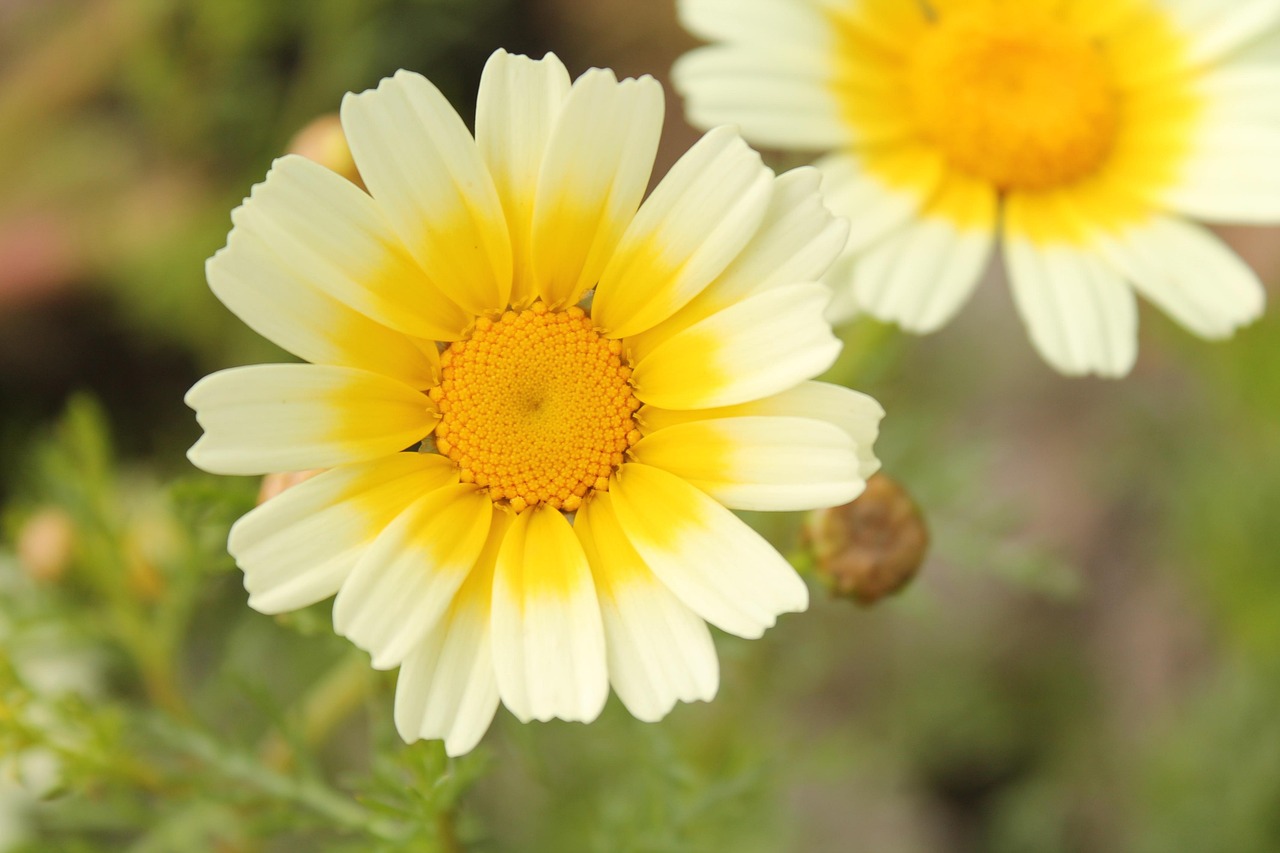
Chrysanthemum multicaule is a perennial or annual plant in the Asteraceae family that produces bright yellow flowers from spring to early summer.
Its compact growth and cheerful floral tones make it highly valued for pots, garden beds, and mixed plantings.
In this article, I will introduce the basic information, cultural and historical background, as well as gardening tips for Chrysanthemum multicaule.
Basic Information
- Scientific name: Coleostephus myconis (formerly Chrysanthemum multicaule)
- Family: Asteraceae
- Origin: North Africa, including Algeria
- Appearance: The plant grows 15–30 cm tall, with finely divided green leaves and numerous vivid yellow single flowers. Its daisy-like blooms resemble marguerites, with deep yellow centers that give a delicate yet striking impression.
- Flowering season: March–June (with additional blooms in autumn in some regions)
Cultural Significance Around the World
Chrysanthemum multicaule is widely cultivated across Europe as a representative spring bedding plant.
In France and Italy, it has become one of the flowers displayed during seasonal transitions, commonly seen on windowsills, in parks, and in public gardens.
It appears in garden shops and local markets with the arrival of spring, cherished as a flower that brings a sense of the season into daily life.
In Japan, it is known as “Multicaule” and is especially popular among beginner gardeners for its bright and simple appearance.
Historical Background
Chrysanthemum multicaule was introduced to European horticulture in the early 20th century.
Its resilience as a wildflower from the Mediterranean’s dry coastal regions, combined with its vivid blooms, helped it gain popularity.
In France and the United Kingdom, it became an essential spring garden flower, incorporated even into the gardening culture of the Victorian era.
It was introduced to Japan during the Showa period, where its charming form and easy cultivation made it popular during the urban gardening boom.
Today, cultivated varieties with different flower colors and extended blooming periods are also available.
Gardening Advice
Chrysanthemum multicaule thrives in sunny, well-ventilated environments. With proper planting and care, you can enjoy its flowers for an extended time.
Sunlight
Prefers full sun. Insufficient light will reduce blooming, so place it in the brightest possible spot.
Watering
Water thoroughly when the soil surface dries. While moderately drought-tolerant, avoid excess moisture. Use well-draining pots for container planting.
Soil
Use well-drained potting soil. Mixing leaf mold or pumice into general-purpose soil enhances drainage.
Fertilizer
Apply slow-release fertilizer during the growing season. Liquid fertilizer once or twice a month is also effective.
Pruning
Remove spent flowers regularly to encourage new buds. If stems grow too tall, lightly trim them back to maintain shape.
Cold Tolerance
Somewhat hardy, but in colder climates, protect from frost. For overwintering, move plants to a sheltered spot such as under eaves.
Conclusion
Chrysanthemum multicaule is a compact spring flower that brings cheerful yellow blooms to gardens, pots, and mixed plantings.
Originating from North Africa, it gained recognition in Europe in the 20th century as a valued ornamental plant and later became known in Japan as “Multicaule.”
In Europe, it is cherished as a symbol of spring and as a flower that brings seasonal beauty into everyday life.
With its charming appearance and ease of care, it is an ideal choice even for beginners, brightening spring gardens with a sunny touch.

